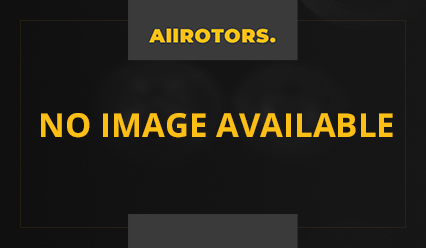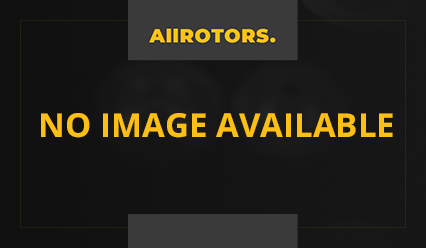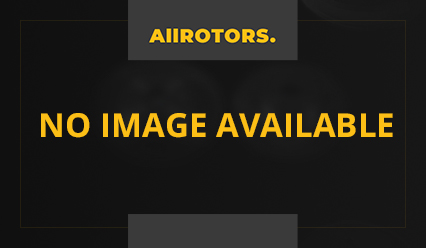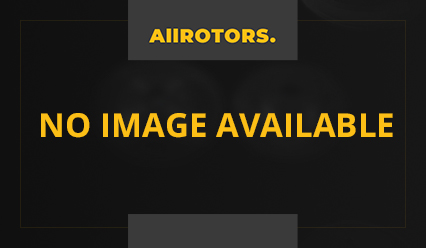2011 Chevrolet Express 2500 Brake Rotors and Pads
Click here to search another vehicle
All Rotors:
OEM x
Coated x
Drilled, Slotted and Coated x
Front x
Rear x
All Pads:
Ceramic x
Semi-metallic x
Front x
Rear x
Found 36 record
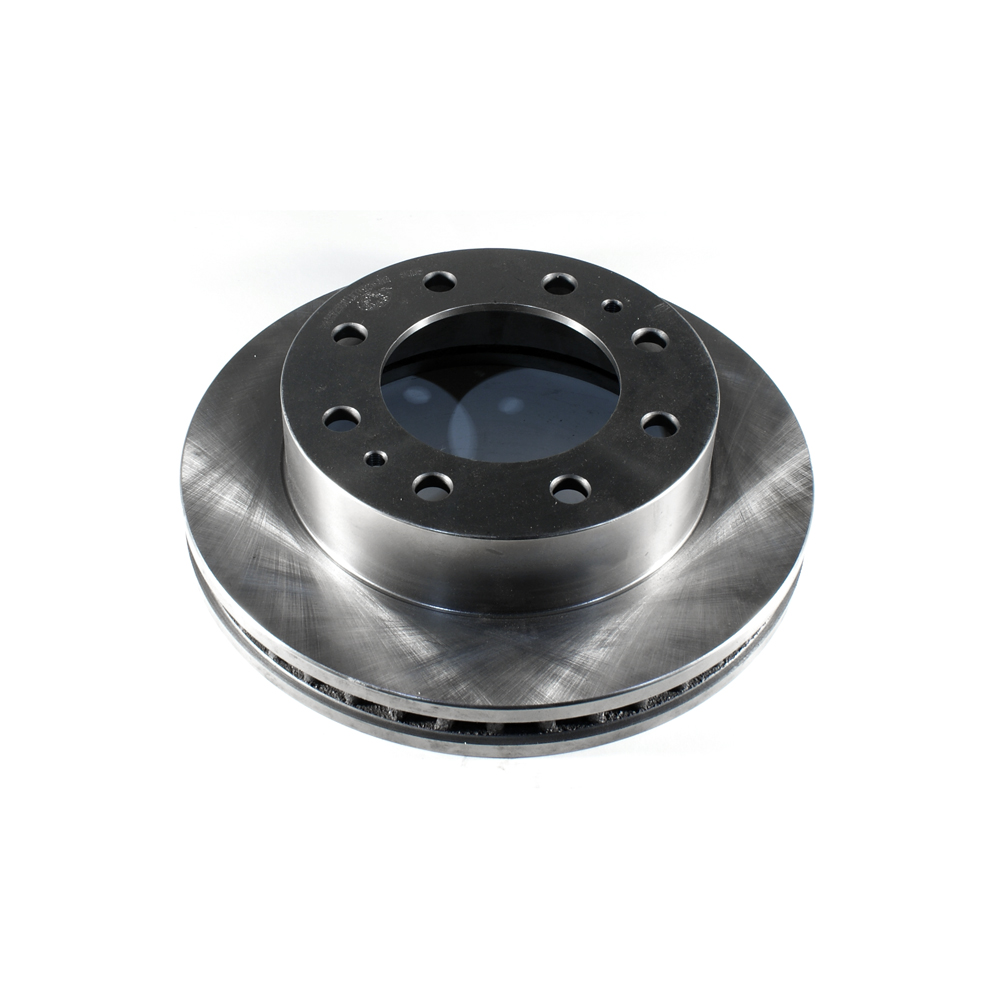
Part No: BR55056
Raybestos: 56829
OE: 18060215
Raybestos: 56829
OE: 18060215
$56.88 each
Per Car QTY: 2
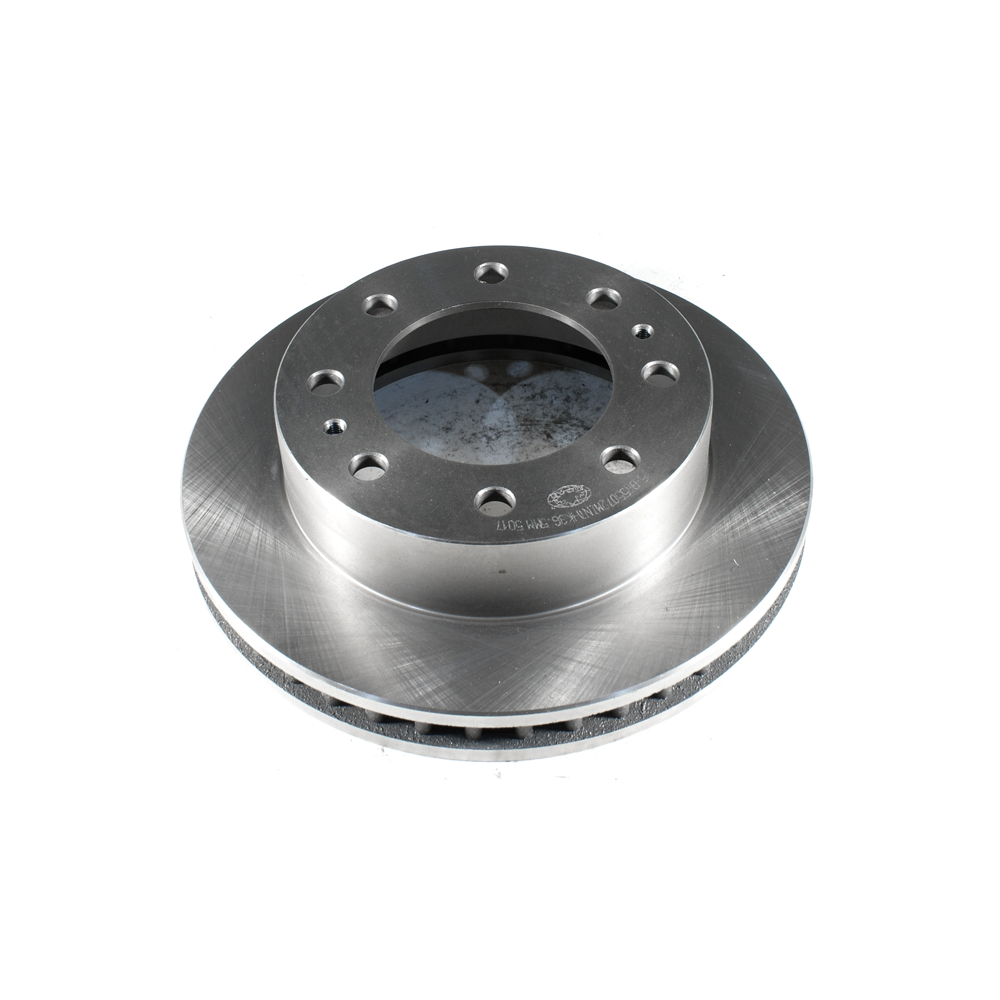
Part No: BR55072
Raybestos: 580000
OE: 18060654
Raybestos: 580000
OE: 18060654
$60.19 each
Per Car QTY: 2
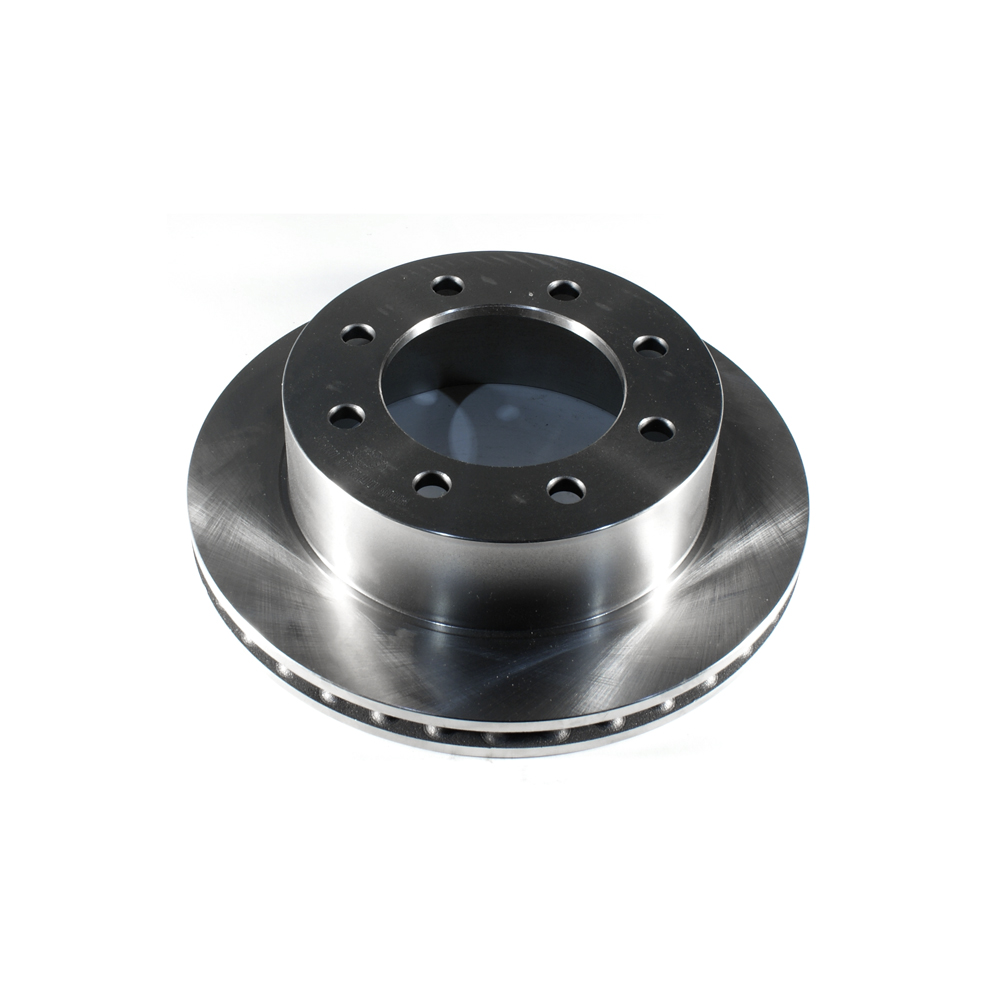
OEM Replacement Brake Rotor
Position: REAR
Fitment Notes: 4.84" Diameter Center Hole; 330.4mm Diameter X 90mm Overall Height Rotor
Position: REAR
Fitment Notes: 4.84" Diameter Center Hole; 330.4mm Diameter X 90mm Overall Height Rotor
Part No: BR55055
Raybestos: 56828
OE: 15712803
Raybestos: 56828
OE: 15712803
$57.19 each
Per Car QTY: 2
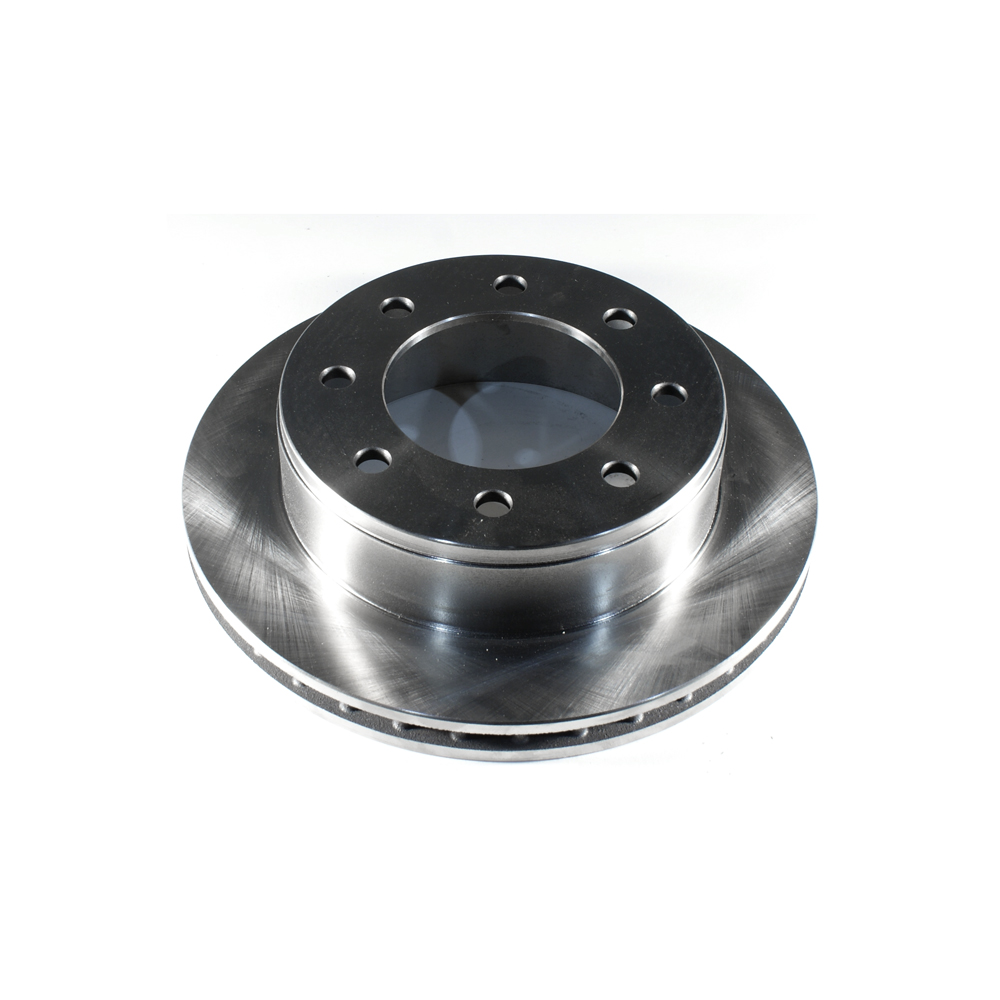
OEM Replacement Brake Rotor
Position: REAR
Fitment Notes: 4.63" Diameter Center Hole; 330mm Diameter X 86.86mm Overall Height Rotor
Position: REAR
Fitment Notes: 4.63" Diameter Center Hole; 330mm Diameter X 86.86mm Overall Height Rotor
Part No: BR55057
Raybestos: 56830
OE: 15712801
Raybestos: 56830
OE: 15712801
$68.53 each
Per Car QTY: 2

Part No: BR55120
Raybestos: 580380
OE: 15127537
Raybestos: 580380
OE: 15127537
$67.46 each
Per Car QTY: 2
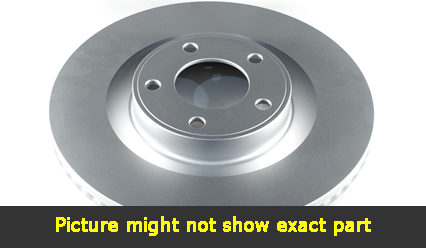
Part No: PP55056
Raybestos: 56829
OE: 18060215
Raybestos: 56829
OE: 18060215
$78.91 each
Per Car QTY: 2
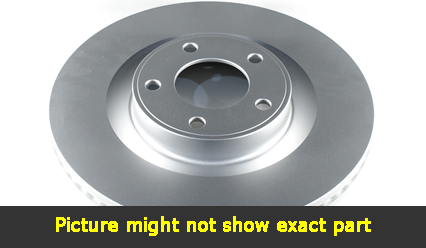
Part No: PP55072
Raybestos: 580000
OE: 18060654
Raybestos: 580000
OE: 18060654
$77.18 each
Per Car QTY: 2
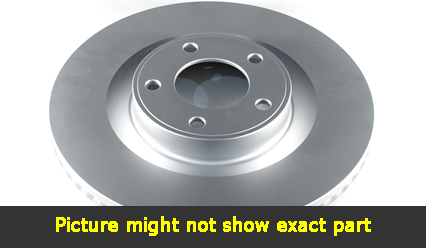
Coated Brake Rotor
Position: REAR
Fitment Notes: 4.84" Diameter Center Hole; 330.4mm Diameter X 90mm Overall Height Rotor
Position: REAR
Fitment Notes: 4.84" Diameter Center Hole; 330.4mm Diameter X 90mm Overall Height Rotor
Part No: PP55055
Raybestos: 56828
OE: 15712803
Raybestos: 56828
OE: 15712803
$76.86 each
Per Car QTY: 2
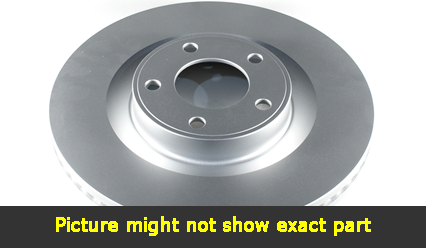
Coated Brake Rotor
Position: REAR
Fitment Notes: 4.63" Diameter Center Hole; 330mm Diameter X 86.86mm Overall Height Rotor
Position: REAR
Fitment Notes: 4.63" Diameter Center Hole; 330mm Diameter X 86.86mm Overall Height Rotor
Part No: PP55057
Raybestos: 56830
OE: 15712801
Raybestos: 56830
OE: 15712801
$88.42 each
Per Car QTY: 2
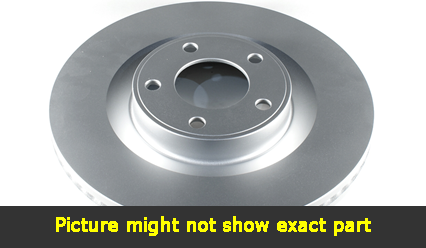
Part No: PP55120
Raybestos: 580380
OE: 15127537
Raybestos: 580380
OE: 15127537
$90.68 each
Per Car QTY: 2
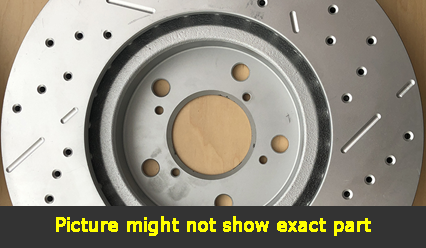
Part No: SP55120L
Raybestos: 580380
OE: 15127537
Raybestos: 580380
OE: 15127537
$127.13 each
Per Car QTY: 1
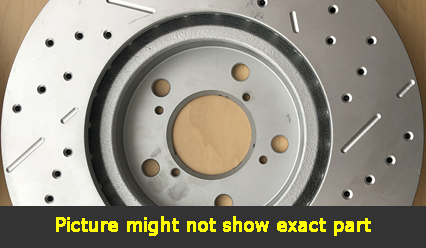
Part No: SP55120R
Raybestos: 580380
OE: 15127537
Raybestos: 580380
OE: 15127537
$127.13 each
Per Car QTY: 1
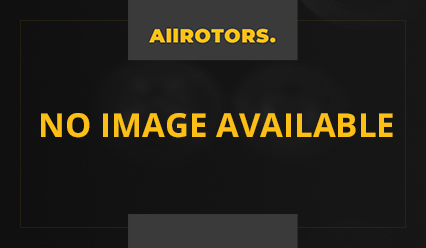
Part No: UP55056L
Raybestos: 56829L
OE: 18060215
Raybestos: 56829L
OE: 18060215
$119.81 each
Per Car QTY: 1
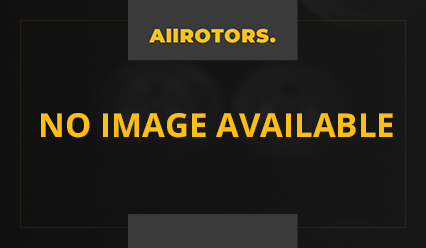
Part No: UP55056R
Raybestos: 56829R
OE: 18060215
Raybestos: 56829R
OE: 18060215
$119.81 each
Per Car QTY: 1
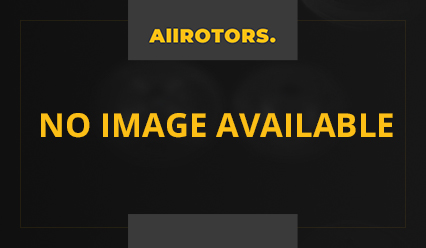
Part No: UP55072L
Raybestos: 580000L
OE: 18060654
Raybestos: 580000L
OE: 18060654
$126.29 each
Per Car QTY: 1
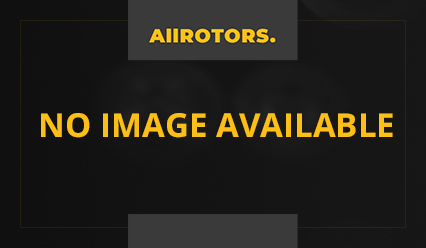
Part No: UP55072R
Raybestos: 580000R
OE: 18060654
Raybestos: 580000R
OE: 18060654
$126.29 each
Per Car QTY: 1
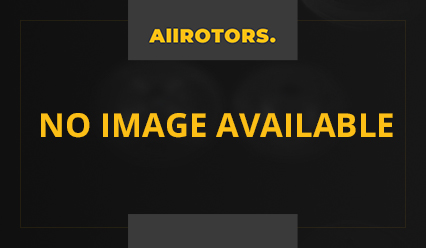
Ultra Plus Rotor
Position: REAR LEFT
Fitment Notes: 4.84" Diameter Center Hole; 330.4mm Diameter X 90mm Overall Height Rotor
Position: REAR LEFT
Fitment Notes: 4.84" Diameter Center Hole; 330.4mm Diameter X 90mm Overall Height Rotor
Part No: UP55055L
Raybestos: 56828L
OE: 15712803
Raybestos: 56828L
OE: 15712803
$121.97 each
Per Car QTY: 1
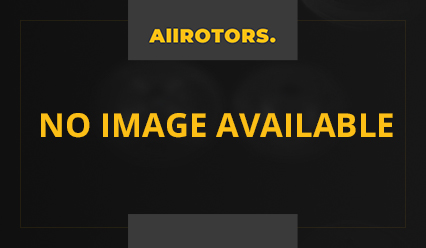
Ultra Plus Rotor
Position: REAR RIGHT
Fitment Notes: 4.84" Diameter Center Hole; 330.4mm Diameter X 90mm Overall Height Rotor
Position: REAR RIGHT
Fitment Notes: 4.84" Diameter Center Hole; 330.4mm Diameter X 90mm Overall Height Rotor
Part No: UP55055R
Raybestos: 56828R
OE: 15712803
Raybestos: 56828R
OE: 15712803
$121.97 each
Per Car QTY: 1

Ultra Plus Rotor
Position: REAR LEFT
Fitment Notes: 4.63" Diameter Center Hole; 330mm Diameter X 86.86mm Overall Height Rotor
Position: REAR LEFT
Fitment Notes: 4.63" Diameter Center Hole; 330mm Diameter X 86.86mm Overall Height Rotor
Part No: UP55057L
Raybestos: 56830L
OE: 15712801
Raybestos: 56830L
OE: 15712801
$109.28 each
Per Car QTY: 1
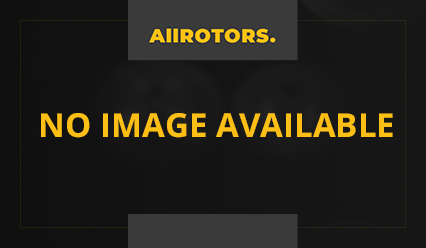
Ultra Plus Rotor
Position: REAR RIGHT
Fitment Notes: 4.63" Diameter Center Hole; 330mm Diameter X 86.86mm Overall Height Rotor
Position: REAR RIGHT
Fitment Notes: 4.63" Diameter Center Hole; 330mm Diameter X 86.86mm Overall Height Rotor
Part No: UP55057R
Raybestos: 56830R
OE: 15712801
Raybestos: 56830R
OE: 15712801
$109.28 each
Per Car QTY: 1
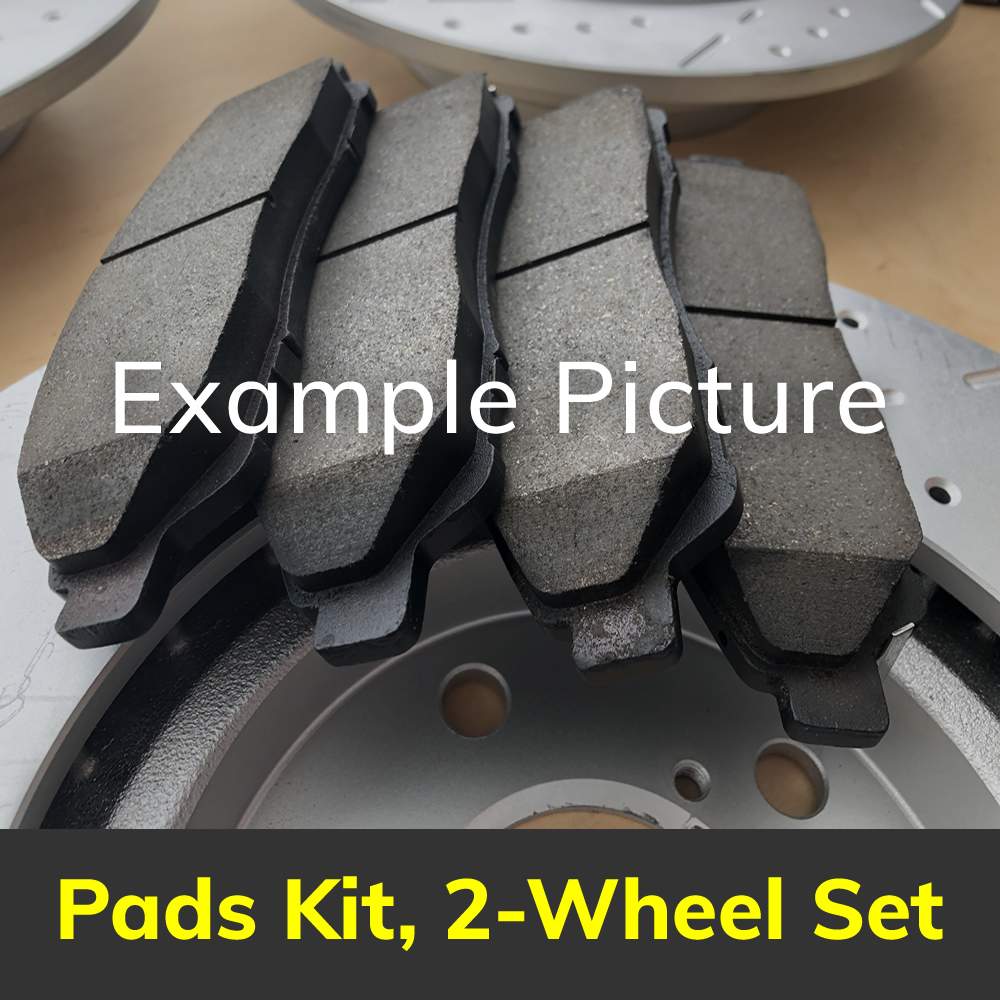
Part No: PD784C
Raybestos: 784
OE:
Raybestos: 784
OE:
$41.54 each
Per Car QTY: 1
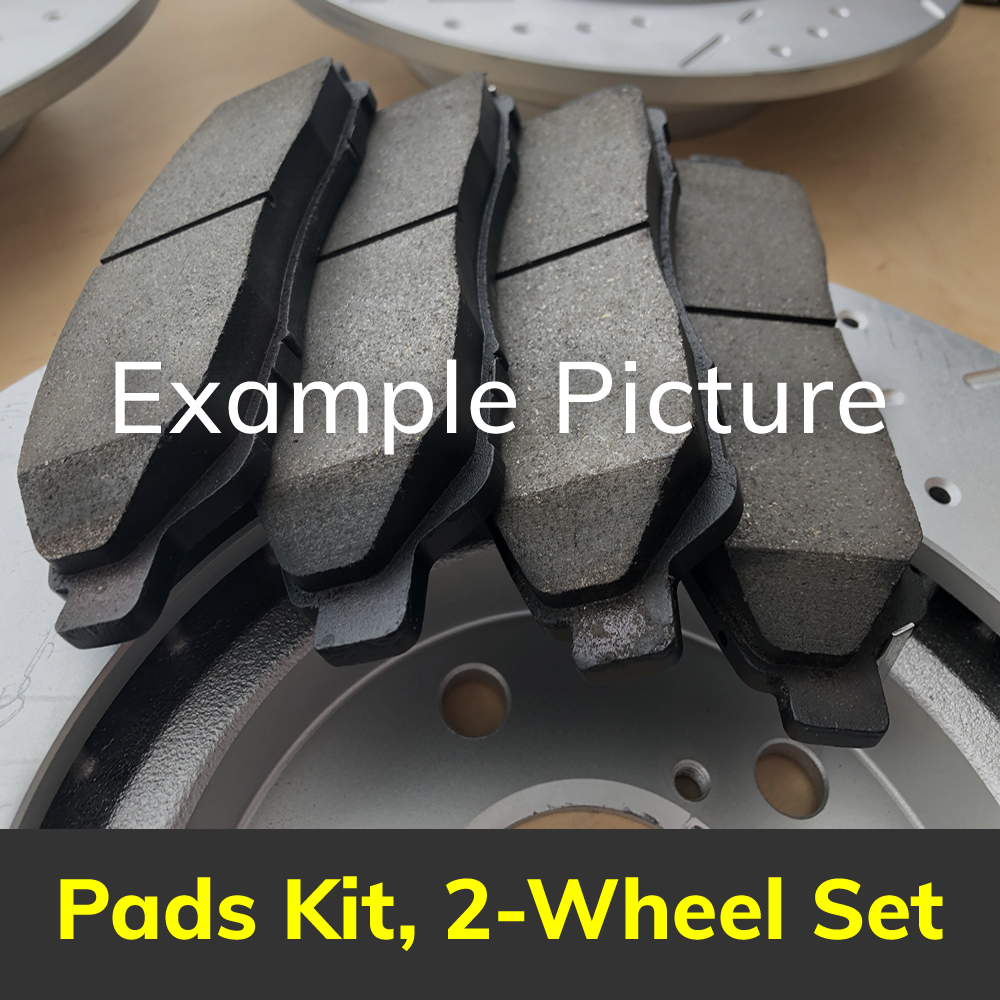
Part No: PD974C
Raybestos: 974
OE:
Raybestos: 974
OE:
$46.17 each
Per Car QTY: 1
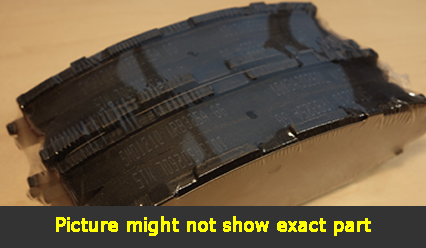
Part No: SMD784
Raybestos:
OE:
Raybestos:
OE:
$30.64 each
Per Car QTY: 1

Part No: SMD974A
Raybestos:
OE:
Raybestos:
OE:
$29.95 each
Per Car QTY: 1
Brakes are an integral part of any vehicle, ensuring the safety and control while driving. When it comes to the 2011 Chevrolet Express 2500, having properly functioning brakes is even more crucial due to its heavy-duty nature and potential for carrying passengers and cargo. Let's delve into the essential aspects of the brakes on this vehicle.
The 2011 Chevrolet Express 2500 comes equipped with a hydraulic power-assisted braking system. This system consists of various components that work together to provide efficient and reliable braking performance. Some of the key parts include brake pads, rotors, calipers, brake lines, and the master cylinder.
Brake pads are an essential part of the braking system as they directly apply pressure to the rotors to slow down or stop the vehicle. They are crafted from a composite material that is designed to withstand high temperatures and provide optimal friction. Brake pads have a finite lifespan and must be periodically inspected and replaced to ensure optimal performance.
Rotors, also known as brake discs, are another significant component of the brake system. They are mounted to the wheels and rotate with them. When the brake pads clamp onto the rotors, friction is created, converting kinetic energy into heat and ultimately slowing down the vehicle. Like brake pads, rotors have a limited lifespan and may need to be resurfaced or replaced when they become worn or warped.
Calipers play a crucial role in the braking process. They house the brake pads and ensure they make contact with the rotors. Calipers operate by using hydraulic pressure to squeeze the brake pads onto the rotors, resulting in the desired braking force. Like other brake components, calipers can also deteriorate over time and may need to be inspected and replaced, especially if signs of leakage or excessive wear are observed.
Brake lines serve as a conduit for brake fluid, which is responsible for transmitting the hydraulic pressure from the brake pedal to the calipers. These lines are usually made of metal and are designed to withstand high pressure. Over time, brake lines may deteriorate due to corrosion or physical damage, leading to potential brake failures. Regular inspections and maintenance are essential to ensure their integrity.
The master cylinder is the heart of the braking system. It converts the pressure of the brake pedal into hydraulic pressure, which is sent through the brake lines to the calipers. The master cylinder needs to be in optimal condition to ensure reliable brake operation. Signs of a faulty master cylinder include a spongy brake pedal or difficulty in applying brakes smoothly. If any issues are detected, the master cylinder should be promptly inspected and, if necessary, repaired or replaced.
Regular maintenance and inspections are key to maintaining the longevity and effectiveness of the braking system on the 2011 Chevrolet Express 2500. It is recommended to follow the manufacturer's guidelines regarding brake service intervals and have a certified technician inspect the brake components periodically.
In conclusion, the brakes of the 2011 Chevrolet Express 2500 are a critical safety feature that requires proper care and maintenance. Understanding the different components and their functions can help drivers and owners identify potential issues and ensure a smooth and safe driving experience.
The 2011 Chevrolet Express 2500 comes equipped with a hydraulic power-assisted braking system. This system consists of various components that work together to provide efficient and reliable braking performance. Some of the key parts include brake pads, rotors, calipers, brake lines, and the master cylinder.
Brake pads are an essential part of the braking system as they directly apply pressure to the rotors to slow down or stop the vehicle. They are crafted from a composite material that is designed to withstand high temperatures and provide optimal friction. Brake pads have a finite lifespan and must be periodically inspected and replaced to ensure optimal performance.
Rotors, also known as brake discs, are another significant component of the brake system. They are mounted to the wheels and rotate with them. When the brake pads clamp onto the rotors, friction is created, converting kinetic energy into heat and ultimately slowing down the vehicle. Like brake pads, rotors have a limited lifespan and may need to be resurfaced or replaced when they become worn or warped.
Calipers play a crucial role in the braking process. They house the brake pads and ensure they make contact with the rotors. Calipers operate by using hydraulic pressure to squeeze the brake pads onto the rotors, resulting in the desired braking force. Like other brake components, calipers can also deteriorate over time and may need to be inspected and replaced, especially if signs of leakage or excessive wear are observed.
Brake lines serve as a conduit for brake fluid, which is responsible for transmitting the hydraulic pressure from the brake pedal to the calipers. These lines are usually made of metal and are designed to withstand high pressure. Over time, brake lines may deteriorate due to corrosion or physical damage, leading to potential brake failures. Regular inspections and maintenance are essential to ensure their integrity.
The master cylinder is the heart of the braking system. It converts the pressure of the brake pedal into hydraulic pressure, which is sent through the brake lines to the calipers. The master cylinder needs to be in optimal condition to ensure reliable brake operation. Signs of a faulty master cylinder include a spongy brake pedal or difficulty in applying brakes smoothly. If any issues are detected, the master cylinder should be promptly inspected and, if necessary, repaired or replaced.
Regular maintenance and inspections are key to maintaining the longevity and effectiveness of the braking system on the 2011 Chevrolet Express 2500. It is recommended to follow the manufacturer's guidelines regarding brake service intervals and have a certified technician inspect the brake components periodically.
In conclusion, the brakes of the 2011 Chevrolet Express 2500 are a critical safety feature that requires proper care and maintenance. Understanding the different components and their functions can help drivers and owners identify potential issues and ensure a smooth and safe driving experience.



